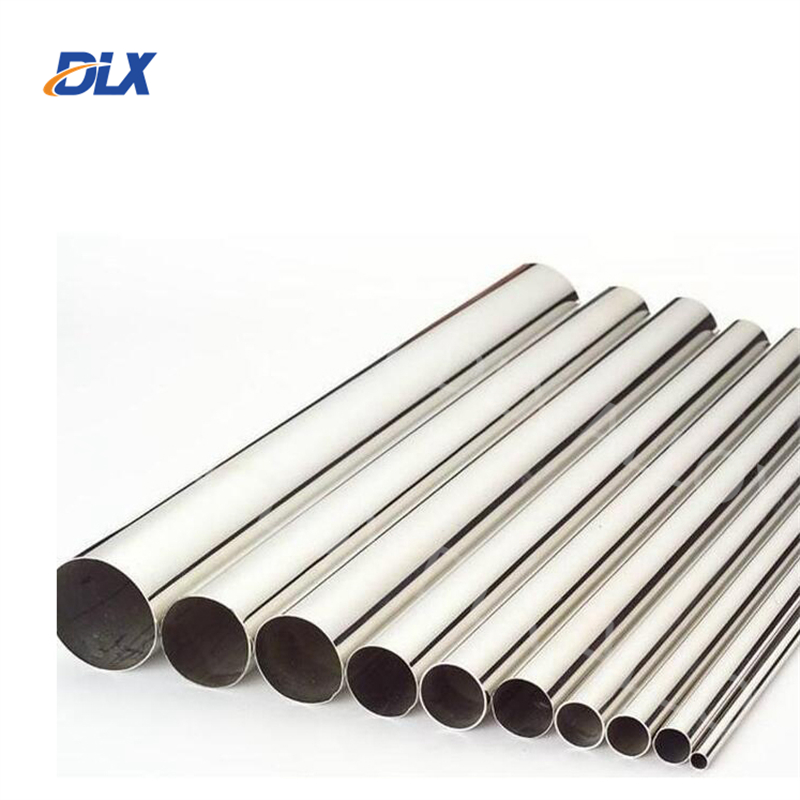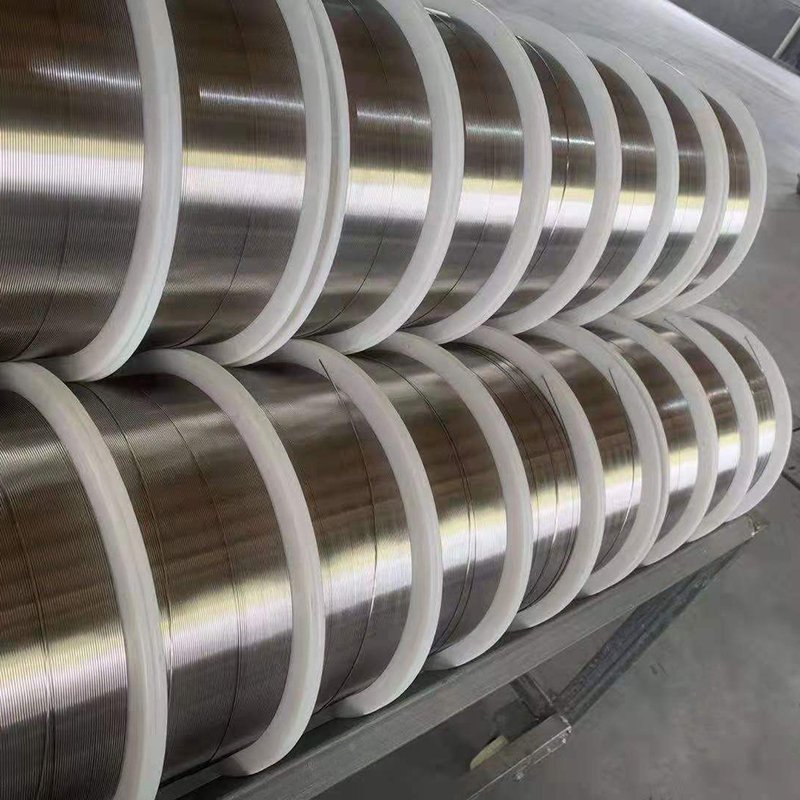Don’t you hate it when you’re in a pinch and all your favorite surplus or electronic stores are closed? You’ve gotta finish this project, but how? He’s a nice real hack for you guys. How to recover nichrome wire from a ceramic heater!
Necessity spawned this idea, as [Armilar] needed to make 45 cuts in two pieces of foam in order to ship some long circuit boards. Not wanting to make the 90 cuts individually, he improvised this nichrome slicing jig. Not having a spool of nichrome handy, he decided to use a less conventional method. He pulled out a sledgehammer and smashed open a ceramic wirewound resistor. Ni80 Nichrome Wire

According to him, nice big ceramic resistors like this 10W one have about a meter of nichrome wire inside! After breaking the ceramic, it’s quite easy to remove. He made up a jig using nylon spacers and rivets, and then wrapped his wire back and forth across the whole length. It worked perfectly — though he was using 240VDC @ about 1.2A…
If you don’t need such a complex setup, there’s always the bare bones wire foam cutters we’ve featured many times before.
nice but i’m curious as to why he had to have nichrome wire. I recently made a foam cutter for a friend and after way to much reading on making foamies realized that tiedown wire for airplanes, fishing leaders, and countless other around the house objects work just as well. Now if he didn’t have any alternatives that have proven themselves then i understand his smashing of the resistor.
Nichrome wire has higher resistance/length vs other types of wire. So you can use a lower current and higher voltage to achieve same heating effects. Lower current means that the rest of the non-resistive wire would have less losses and easier to find a source to power it.
For a one time thing, use whatever you have one hand is the DIY way.
Actually, it has a high melting point and it’s stable against corrosion because it forms chromium oxide on the surface. That’s the main point.
I scavenged my nichrome (maybe?) wire from a hair dryer that had stopped working. Lots and lots of length in 2 different diameters. It was all coiled up, but after pulling it across the edge of a wooden table a few times it straightened out enough to be usable.
Never thought of that! That makes me think that in an industrial environment, you can probably get a broken heat gun to the same effect (altough power resistors will still be easier to find than a nonworking tool)
True. But depending on the availability of nichrome in your area, the tools can sometimes be easier to find. And while I don’t generally like to break things that are working, you might be able to buy a super-cheap (functioning) hair dryer at your local big-box store (or order it online) for less than the cost of a spool of wire. I got my heat gun at Harbor Freight for $10, for reference. But that is still functioning as a heat gun, so I won’t be tearing into it anytime soon. The hair dryer was nice because one of the wires was really fine, which gives me a smaller kerf.
get a used hairdryer for $3 or $4 or so at your local thrift shop/Goodwill/etc… they’re never lacking in cheap-@ss hairdryers, and beyond the nichrome you can also salvage the cord/GFCI outlet from the unit, so you really get your money’s worth (never mind the fan, a few diodes, a couple power resistors, some micaboard heatshielding, spare screws, and two or three switches in the same assembly… components are never soldered either, just wrapped around a rivet post before it gets compressed).
One has to look out when doing that, if the wire has been too hot, it might be extremely brittle. Scavenging wire would probably work on a hair dryer or electric space heater, but probably not from a paint stripper or hot air soldering iron.
That is one hot lap guitar! Anyway this might be a good idea for getting nichrome wire in the first place, good will or lawn sale items might be cheaper than nichrome.
Seriously though. Doing 90 cuts individually is probably going to be faster than rigging up this jig.
Even if you take a minute to do every single cut, it’s still beating the time and effort you’ll spend on scratching your head and figuring out where to get the parts and how to put it together.
If you just sat down and started working, you’d be done in 45 minutes or less, but most people just go “90 cuts! That’s a very large number – I’m not doing that!”
What if they had to do the 90 cuts repeatedly?
Sorry!, I didn’t mention that the cuts had to be done for, at least, 60 times (2 times 30 bars, wich where then separated through the center, per board carrier, for 3600 boards). (“at least”, because we don’t know yet if this will become a continued production, or just a one time packaging effort) Also, wire cutting leaves a thicker, more depth consistent cut, than doing it by hand (for so many boards) wich then makes life easier for the lateral connectors when sliding the board in and out. (plus the amplitude of the cut is somewhat controlable through wire temperature, wich is a bonus!)
Yeah, but sitting down with a ruler and a razor knife won’t get you mentioned on HaD.
He mentions needing the foam to ship boards to a client so I assume he’s anticipating using this again in the future. Otherwise. yeah- not an efficient plan.
sometimes it is more entertaining to the ADD mind to figure out a way to avoid the same task 90x…
It pissed my Dad off so much as a kid when I would spend 5 mins thinking about an issue (like moving cinder blocks or firewood) rather than actually doing it the hard way. 60% of the time I found an easier way…he agreed 10 years later I was right…
I am certainly not knocking hard work, but thought and efficiency should count for something…
Hard work, only as a last resort.
he was probably trying to teach you the value of hard work, and you messed all that up.
Or… you learned exactly the right lesson about the value of hard work. The hard-easy axis and the useful-frivilous axis aren’t perfectly orthogonal, but maybe more so than one might think.
Work smarter rather than harder is the old Jewish saying shalom
I had the tools and it took far less time with a jig. But guess that’s the point. Real craftsmen style.
“Work smarter not harder…” ugh had that yelled at me all my life !
Thin mig welding wire works very well for a hotwire foam cutter, and is easy to source at an average hardware store.
I always used whatever wire was on hand, a couple of 100w light bulbs for current limiting and a dimmer switch for control. Worked great.
Interesting, but I don’t like having my hands near exposed wire with mains voltage running through it. Personal preference ;) I ended up using a LiPo battery, a brushed RC motor speed controller, a trim pot, and an Arduino for mine. I know it’s more complicated, but: 1) it was made with things I just had laying around. 2) the whole setup can attach to the bow so I have a super-portable cutter that can be used in the field with no access to mains power (great for RC airplane events).
i’m more interested in those boards. looks like led’s on an aluminum substrate?
Yes, they are. It’s more or less becoming the norm in all high power led lighting, it has it’s benefits and drawbacks. You can’t perfom repairs on the bare board with a normal soldering iron, because it radiates too much so you can’t get the component to temperature . On the other side, you can do emergency repairs with just a hot air gun, being careful with the distance. It has even been developed a special 1mm aluminium bendable board to conform to special shapes (still, you must be careful, as you can easily break the ceramic leds if you bend in the wrong point.)
Be careful if you take apart heating elements of unknown vintage, there might well be asbestos in there…
meh, just hold your breath…
My secret ingredient is guitar wire. I think it is a B-string.
I had a Honda CRX years ago and I eventually lost all three speeds for the heater motor. The problem was a broken open wound resister mounted inside the blower housing. I fixed these broken resisters using nichrome wire that I salvaged out of an old Mr. Coffee machine. Forget about stores like Radio Shack. The days of these type of stores is long gone.
Love radio shack…. there are still some around.
How long are the wires in these various items, hairblowers, heaters etc..? I need at least a five foot length to cut four foot styro floats.
can we get from an electric heater .. that heating coil
Toasters, like hairdryers, usually have a fair amount of nichrome wire in them and can be found for a couple dollars second hand.
I have a 5 gallon bucket of nichrome is there any value in recycling. I kept the old elements from my kiln over the last few years
If you are getting rid of it, I would be interested. Have just started teaching, and some of the experiments call for nichrome wire. Is it clean and usable? Or were you able to recycle ?
You only gave one source you made it sound according to the title that there would be lots of places to look. I wish you had given at least 100 sources of nichrome wire shalom
electric clothes dryers have about a 2-3 foot long coiled wire runs at 240V, even when broken they can be recovered for other uses and easily available at appliance service outlets., electric duct heaters have similar. oldstyle stovetop electric burners, water heater elements, and immersion heaters have a coil inside a steel tube- grind the tube open carefully along a length and the wire is packed in powder for electrical insulation. standard migwire is steel and can be a cheep heater or cutter alternative easily replaced when burnt. its not meant to be durable, numerous sizes available and you can fire it variably with a 500-1500W light dimmer, PWM motor speed control, or lamp sockets in series, check yur local electr technicians for how to use banked 3 way switches for cheap multilevel scaling of the sockets and contacts.
Please be kind and respectful to help make the comments section excellent. (Comment Policy)
This site uses Akismet to reduce spam. Learn how your comment data is processed.

Wire Ni80 By using our website and services, you expressly agree to the placement of our performance, functionality and advertising cookies. Learn more